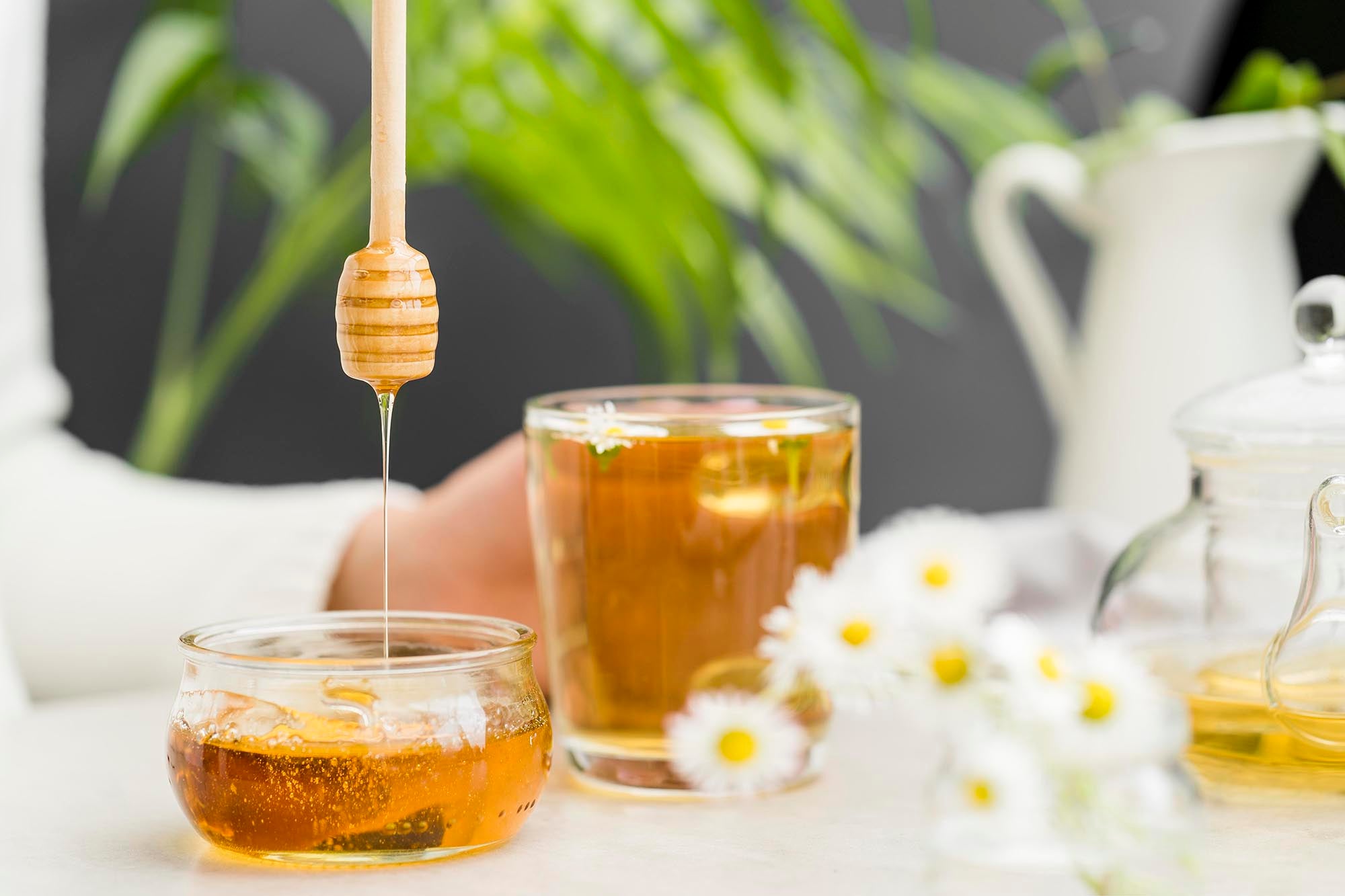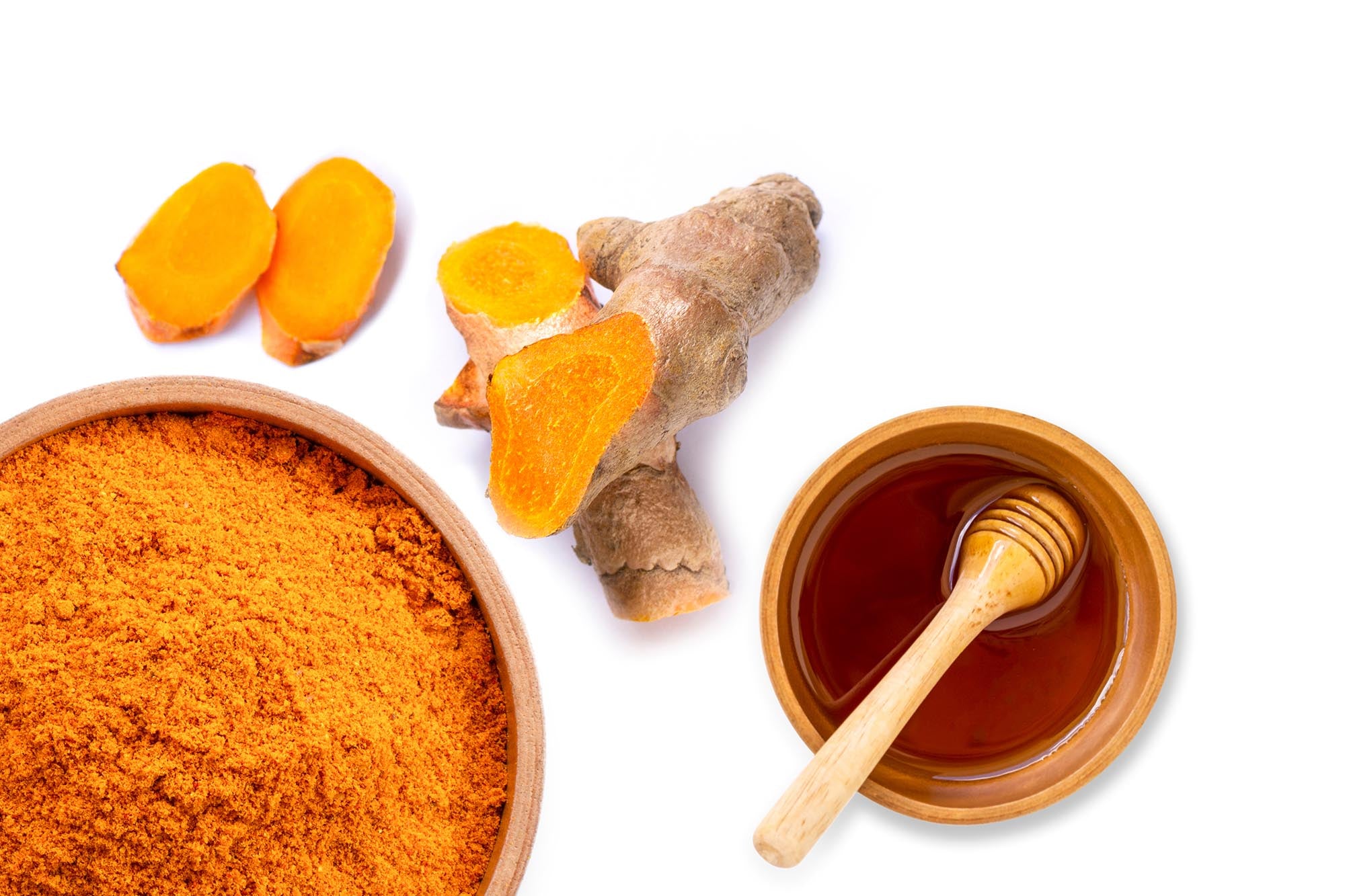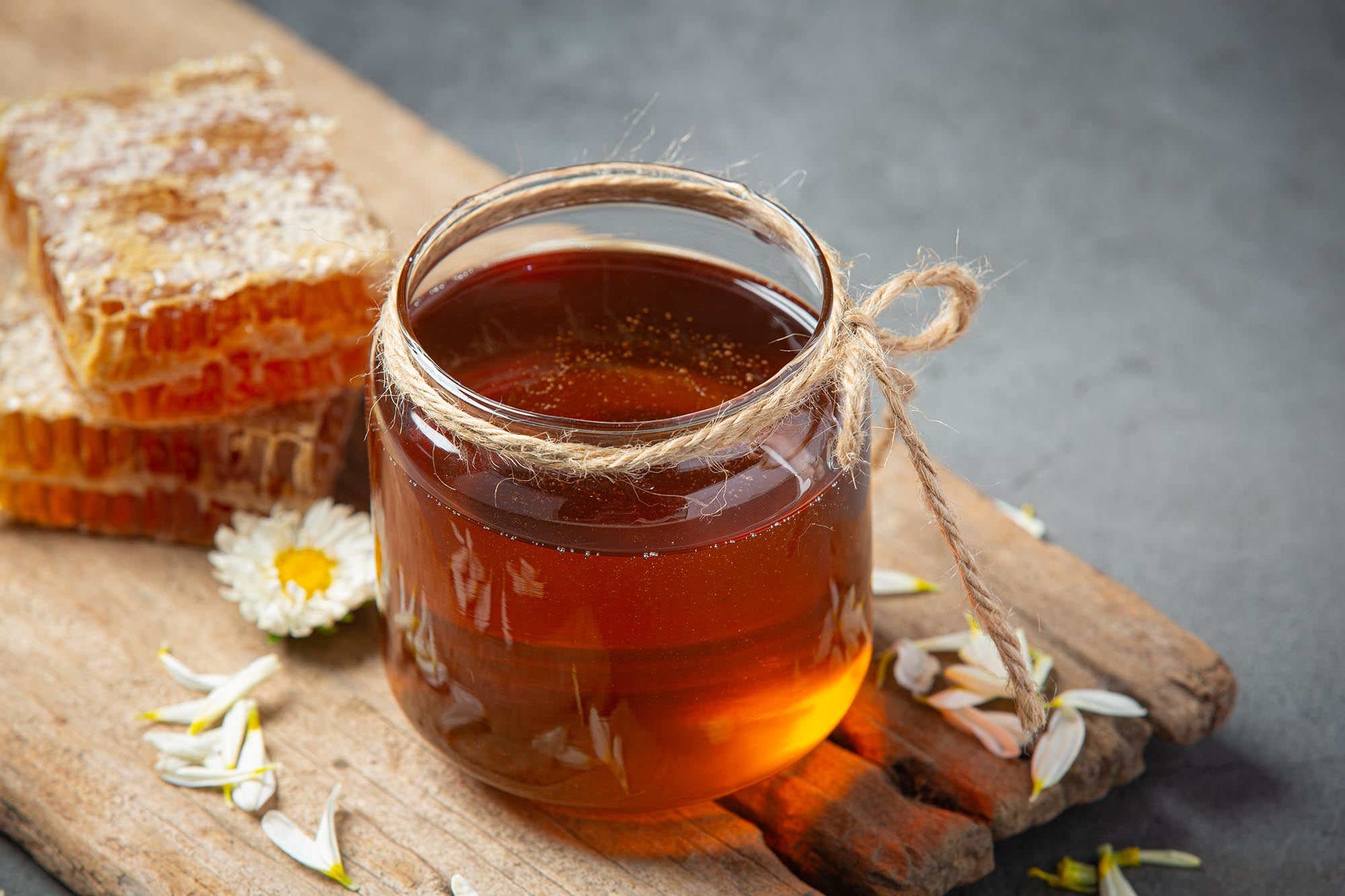
How are raw honey and regular honey different?
What is raw honey?
Raw honey comes straight from the honeycomb. The beekeeper will usually just filter the honey to remove small bits of debris, including pollen, beeswax, and parts of dead bees. They do not pasteurize the honey.
Raw honey appears cloudy or opaque because it contains these extra elements. It is still safe to eat.
What is regular honey?
Regular, or pasteurized honey, is clear and smooth. The pasteurization process improves the honey’s appearance, increases its shelf-life, and kills yeast cells that can affect the taste of the honey.
However, some people believe that pasteurization reduces the number of antioxidants and nutrients in the honey.
How do they differ?
Raw honey is naturally cloudier than regular honey due to honeycomb debris that is too small to be filtered out.
Raw honey tends to have more variation in color and texture than regular honey. The color of raw honey may change depending on what flowers the bees pollinated.
While no large studies have confirmed that raw honey is more nutritious than regular honey, some small studies suggest that raw honey may offer extra health benefits.
Benefits
Studies show that raw honey contains a variety of beneficial ingredients.
Raw honey contains specific components that can offer health benefits. Pasteurization and other processes may remove or reduce some of these elements, which include:
- bee pollen, which has antioxidant and anti-inflammatory properties
- bee propolis, a glue-like substance that helps keep the hive together
- certain vitamins and minerals
- enzymes
- amino acids
- antioxidants
There is a lack of controlled studies comparing pasteurized and raw honey. However, some sources report that pasteurized honey contains few — if any — of the health benefits of raw honey. Because pasteurization exposes the honey to high temperatures, it may destroy or remove honey’s natural properties.
This means that raw honey may offer more powerful health benefits, in terms of healing wounds and fighting infections, than regular honey.
Many studies have found that raw honey has health benefits. Usually, these benefits come from natural ingredients that regular honey may not contain.
The following sections discuss these ingredients.
Raw honey contains bee pollen
Pasteurization of honey removes bee pollen.
A 2015 review study about the benefits of bee pollen reports that it has:
- antioxidant properties
- anti-inflammatory effects
- antibacterial and antifungal action
- pain-relieving properties
These properties make bee pollen a useful addition to honey and can contribute to honey’s natural ability to heal wounds and kill bacteria.
Bee pollen also contains amino acids, vitamins A and C, and small amounts of nutrients including calcium, magnesium, and sodium.
Raw honey contains bee propolis
Bee propolis is the sticky substance that bees use to build their hives and hold the structures together. This glue-like substance not only helps the bees, but some scientists believe that it is healthful for humans as well.
A review study from 2017 reports that bee propolis, found in raw honey, may have:
- anti-inflammatory effects
- anti-cancer and antiulcer action
- antifungal effects
Bee propolis also contains B vitamins, vitamins C and E, magnesium, potassium, and beneficial enzymes.
Pasteurization may destroy antioxidants
Some people believe that pasteurization removes some of the healthful antioxidants in honey.
There are no official studies on how pasteurization changes antioxidant levels in honey, but studies show that heating processes decrease the antioxidant level in other foods.
Raw honey contains flavonoids and phenolic acids that have antioxidant properties. Antioxidants reduce oxidative stress n the body. Research has linked oxidative stress to many chronic health conditions, including cancers.
Studies suggest hat the antioxidants in honey may have anti-cancer effects against different types of tumors.
The types of antioxidants found in raw honey vary depending on the kind of flowers that the bees pollinated.
Regular honey may contain sugars or additives
Some regular honey products contain added sweeteners, such as high fructose corn syrup.
Studies show that some products labeled as “honey” may not be 100 percent real honey, but contain sweeteners, such as brown rice syrup.
Raw honey does not contain any ingredients other than the honey from the beehive.



